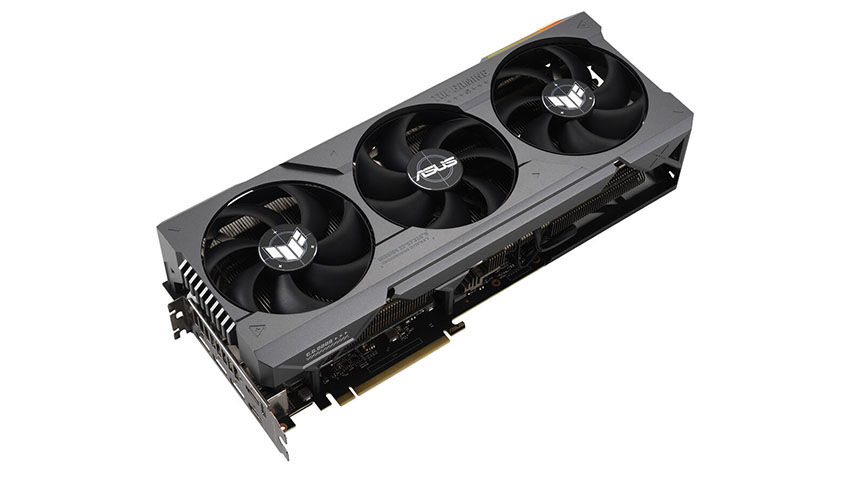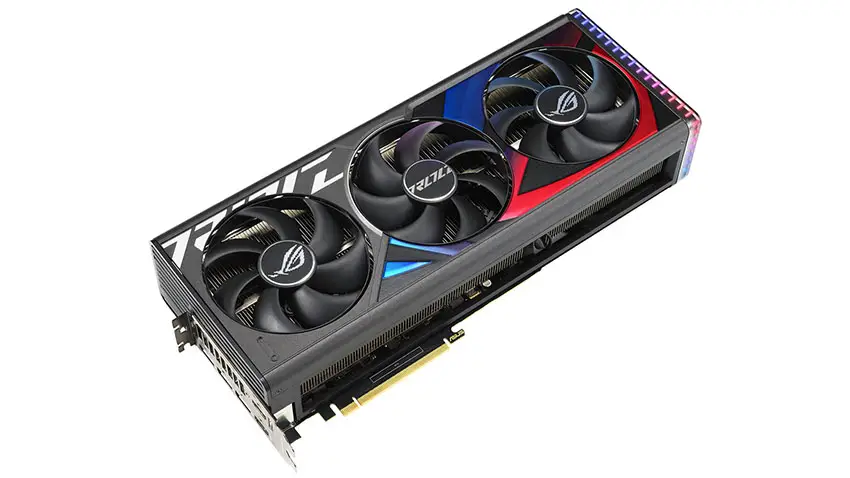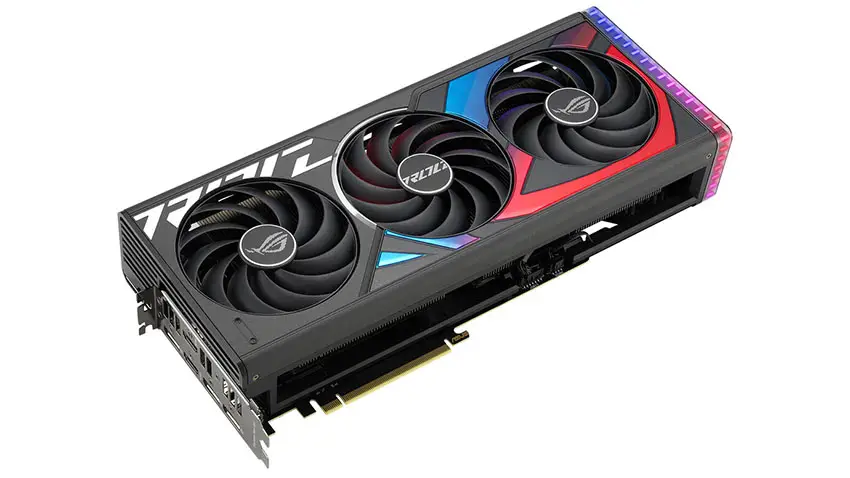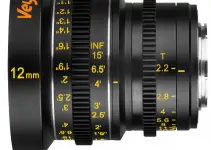If it is time to give your editing PC an upgrade one of the most important pieces is going to be your graphics card.
Assuming you haven’t gone with one of last year’s models (and even if you have), then you will want to get the latest a greatest: the RTX 4080 and RTX 4090. These cards command a premium and both are supposed to be very good.
Still, while it is easy to see that the 4090 is a better card, not everyone needs that much power or has that budget. Gerald Undone looks at both of these cards specifically in how it relates to video editing performance and finding out which one you should pick.
Before he even gets into the test he dives into how the best NLE for these types of computer rigs is DaVinci Resolve right now.
The software is the best optimized for the latest GPUs and will make the most of them. Premiere unfortunately isn’t quite there, though you will see better performance with newer cards.
Here’s the spec of the test system:
- AMD Ryzen 9 5950X
- ASUS ProArt X570 Creator WiFi
- 128GB DDR4 RAM
- 1000W ROG Strix PSU
- NVMe Gen4 SSD
- Windows 11 with NVIDIA Driver 527.56
- DaVinci Resolve Studio 18.1.1 Build 7
He did a bunch of render tests with a 15-minute project that was from a camera review. This contains a lot of different footage formatted and edited in a variety of ways. Plus, it’s just a good real-world example.
The export settings were the following:
- QuickTime
- H.264
- NVIDIA Encoder
- UHD 4K at 23.976 fps
Now for the tests.

Image Credit: ASUS
Render Time
The initial test was just rendering out the project. He was also able to compare to his current RTX 3090 and RTX 3090 Ti cards.
- RTX 3090: 6 min 29 sec
- RTX 3090 Ti: 6 min 16 sec
- RTX 4080: 3 min 30 sec
- RTX 4090: 3 min 38 sec
That’s a fairly clear performance boost. The 40-series cards are going to almost halve your render times compared to the last-gen cards.
Thermals
Another interesting point to investigate is the temperature of the cards. There are few surprises here as the temperature gradually drops as the cards get more powerful.
The standard 3090 was running at 58ºC and this went down to 52ºC with the 4080 and then to 44ºC with the 4090. Obviously, since the more powerful cards don’t need to work as hard to do the same task they aren’t generating the same heat.
There is a bit more variability in specific models you can get and if you went water-cooled you can probably get completely different results. Also, if you had a longer project that allowed the 4090 to get to full speed for longer you could get the temp to spike.
Gerald actually did that test and all the cards clocked up in the mid-60s for multiple renders in a row.
Among the biggest improvements is in the GPU memory temps. The standard 3090 hit 96ºC—that’s hot. The rest of the cards fix this and stick to high 60s and low 70s.

Image Credit: ASUS
Power Consumption
This is another odd test. Rendering out the same task where the 40-series cards are a lot faster means they aren’t drawing as much power since they aren’t running for as long. It’s more efficient for an average project.
Now, if you are rendering out hours of footage or projects you’ll see the power consumption level out for all the cards with the 4090 drawing the most.
Resolve Benchmark
Look at actual benchmark numbers simplifies things a bit more. The 3090 Ti shows a minor increase over the standard 3090 and then there is another very slight bump to the 4080. There is a notable increase when you get to the 4090.
This doesn’t tell the whole story.
You will see the nuanced difference by diving into the full results.
Comparing the 3090 Ti to the 4090 you’ll see clear advantages to the new card with transcoding to compressed formats and with GPU effects. Certain raw files and Fusion effects are similar on both cards.
Looking at the 4080 compared to the 3090 Ti you will still see the boost in performance when it comes to transcoding, but the rest of the changes are much smaller.
It’s interesting to see and if you have a specific area you want to get a performance boost in then you’ll want to look closer at these test numbers.
If you are fine with transcode speeds but are looking to improve Fusion effects then you might not get as much of a boost as you want.

Image Credit: ASUS
Size
After the last couple generations of graphics cards, it probably doesn’t surprise that these cards are absolutely massive. The 40-series is even heavier.
A proper case and support are going to be necessary.
You’ll definitely want to check out the different models and find the best fit for your computer. Some have more RGB which can add weight and then cooling systems can change the designs.
The unfortunate news is that while graphics cards have definitely become easier to get over the past year, the 40-series cards are still new enough to have a tight supply.
Keep searching around and it shouldn’t be too long before you get lucky.
Are you looking to upgrade your graphics card?
[source: Gerald Undone]
Order Links:
- ASUS GeForce RTX 4090 TUF Gaming OC Graphics Card (B&H, Amazon)
- ASUS GeForce RTX 4080 Republic of Gamers Strix OC Graphics Card (B&H, Amazon)
- ASUS GeForce RTX 4070 Ti Republic of Gamers Strix Graphics Card (B&H, Amazon)
- Blackmagic Design DaVinci Resolve Studio (B&H, Amazon)
Disclaimer: As an Amazon Associate partner and participant in B&H and Adorama Affiliate programmes, we earn a small comission from each purchase made through the affiliate links listed above at no additional cost to you.



